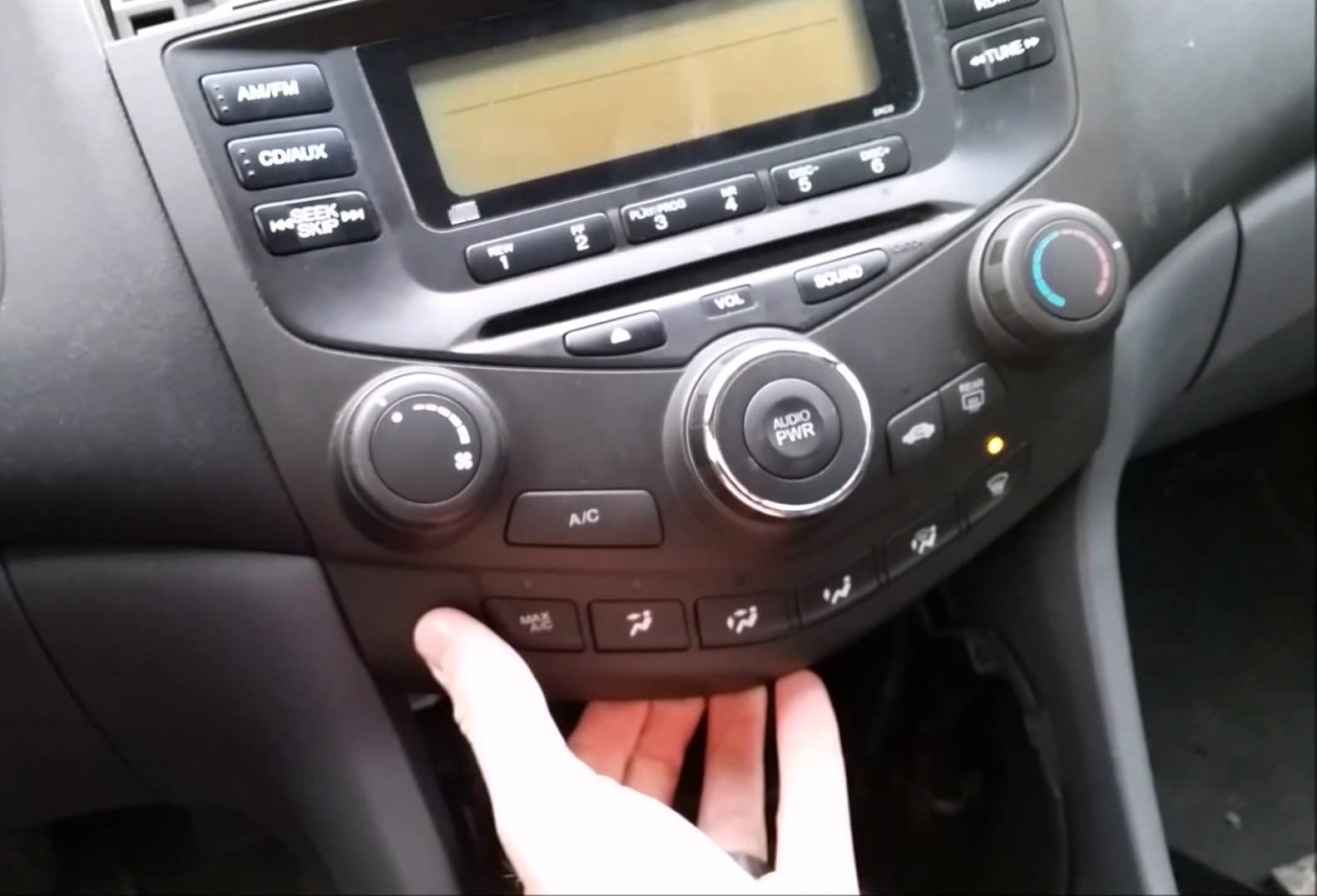RFID is a following technology used to identify and authenticate tags which are placed on any product, individual or animal. Radio frequency Identification and Detection is just a general term used for technologies that make use of radio waves in order to identify objects and people. Intent behind the Radio frequency Identification and Detection system is always to facilitate data transmission through the portable device called tag that is read with the aid of RFID reader; and process it depending on the wants of an application. Information transmitted with the help of tag offers location or identification along with other specifics of product tagged - purchase date, color, and price. Typical RFID tag features a microchip with a radio antenna, attached to a substrate. The RFID tags are configured to respond and receive signals from an RFID transceiver. This allows tags to be read from a distance, unlike other kinds of authentication technology. The RFID system has gained wide acceptance in businesses, and is gradually replacing the barcode system.Basic RFID includes an antenna, transceiver and transponder. Antenna emits the radio signals to activate tag and to see along with write information to it.
/doubledinradio-59274b373df78cbe7e3cf838.jpg)
Reader emits the air waves, which range from someone to hundred inches, on the foundation of used radio frequency and power output. While passing through an electric magnetic zone, RFID tag detects activation signals of readers. Powered by its internal battery or by the reader signals, the tag sends radio waves back once again to the reader. Reader receives these waves and identifies the frequency to generate an original ID. Reader then decodes data encoded in an integral circuit of tags and transmits it to the computers for use.Active and passive RFID are very different technologies but usually are evaluated together. Although both of them use the radio frequency for communication between tag and reader, the method of providing capacity to tags is different. Active RFID employs a battery within tag for providing continuous power to tag and radio frequency power circuitry. Passive RFID on another hand, utilizes energy of radio frequency transferred from the reader to the tag for powering it.
Passive RFID needs strong signals from the reader but signal strength bounced from the tag are at low levels. Active RFID receives low level signals by tag but it can produce higher level signals to readers. This kind of RFID is constantly powered, whether in or out of the reader's field. Active tags consist of external sensors for checking humidity, temperature, motion in addition to other conditions. Exactly like you can tune a radio in several frequencies for listening to different channels, RFID readers and tags need to be tuned into the exact same frequency for communication. RFID systems use various frequencies but most commonly and popularly used frequency is low, high and ultra high frequency.It is imperative to find the right frequency for an application as radio waves work differently at various frequency.

No comments:
Post a Comment